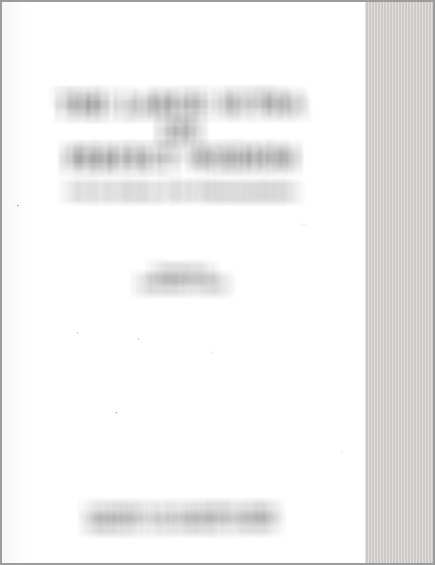Women in the Atharva-veda Samhita
by Pranab Jyoti Kalita | 2017 | 62,142 words
This page relates ‘Goddess Vasupatni’ of the study on women in the Vedic society reflecting the Atharva-veda Samhita in English. These pages discusses the social aspects of women, education, customs of marriage, practices of polyandry and polygamy, descriptions of female deities and various rites and rituals. It is shown how women earned much praise in ancient Indian society. Included are Sanskrit text and references of the Atharvaveda and commentary by Sayana-Acharya.
26. Goddess Vasupatnī
The Atharvavedic seers call a cow by the name Vasupatnī as she is the protector of riches.[1] She is asked to make her worshippers fortunate enough with riches.[2] She is called aghnyā,[3] i.e. inviolable. She is prayed to yield milk for the Aśvins in the Pravargya ceremony.[4] It is spoken about her that she goes to her calf making a sound hiṃ.[5]
A cow is called prajāvatī[6] as she is associated with progeny. She grazes in a good pasture and drinks pure water at a good watering place.[7] She is wanted to be protected from thieves and the weapons of Rudra.[8] Prayer has also been made to protect her from animals like tiger, etc.[9] Because, she is regarded as the property of people, and she is divine like Indra.[10] She is prayed for good health and nourishment.[11] With the presence of cows, one’s home becomes full of happiness.[12] As cow pleases one by yielding milk, she is ramatī.[13]
Thus, the seers have paid much attention in the deification of a cow and have prayed and praised her with great zeal.
Footnotes and references:
[2]:
… sā vardhatāṃ mahate saubhagāya / Atharvaveda, 7.77.8
[3]:
Ibid. aghnyā / gaunāmaitat / ahantavyā gauḥ / Sāyaṇa, Ibid.
[4]:
[5]:
hiṅkṛṇvatī … / Atharvaveda, 7.77.8 hiṅkāraṃ kurvatī / Sāyaṇa, Ibid.
[10]:
Ibid., 4.21.5
